Home | Events | Search by label | Get a booth | FAQ | Chat
Team
Josephine Wen Ning Chen
Wendy Wong
Connie Lam
Daniel Yuen
Location
Hong Kong, China
Summary
Presentation
Greening the Ulan Buh Desert
Main points of the Presentation
|
Who are we and how we got involved?
| HomelandGreen is a Hong Kong based charitable organization established by a small group of volunteers on 17 June 2013, World Day to Combat Desertification, with the motto ‘Be just to the earth; for the sake of all beings.’ To this date, we only have less than ten active members, mostly full-time career workers and a few retirees. We receive no public fund and run all programs from our own reserves. HomelandGreen will be used throughout this presentation to mean HomelandGreen. | HomelandGreen began our involvement in voluntary tree planting projects to combat desertification in 2012 in Inner Mongolia after learning of the incredible story of the land restoration work of NPO-GreenLife in Hure Banner. The once totally degraded land was consequently turned back into arable land and local peasants managed to make a better living by adopting sustainable zero-waste agroforestry practices. Subsequently, HomelandGreen became a collaborative partner of NPO-GreenLife. |
Before the formal establishment of HomelandGreen and the subsequent involvement in tree planting projects, our founding member dug deep into the problem of desertification in China
|
What HomelandGreen also learns…
|
What do we do in Ulan Buh? And why Ulan Buh?
|
Why planting Haloxylon? Was it always such happy and light-hearted experience?
This is the story we want to tell.
- What we intend to share in this presentation are records of the changes we saw through our eight years of involvement in these voluntary planting projects.
- We witness how the Ulan Buh desert was transformed from a stormy dusted inhabitable land of migrating sand into a zero-pollution eco‑agricultural green zone practicing circular economy through the concerted efforts of cross-disciplined officials from central to local government, small businesses and entrepreneurs, NGOs and voluntary agencies, and of course, the local people, resulting not only in ecological recovery but improvement in the livelihood of the inhabitants.
- All materials used in this presentation are authentically our own collection and production.
Nothing happens overnight. First, a few words about Ulan Buh
|
Is Ulan Buh a natural desert?
|
Weather hazards were a common place during early days of HomelandGreen tree planting trips in the vicinity of Dengkou
| Sandstorms would strike any time during tree planting activities. Volunteers had to take shelter to stay safe. |
From our studies, we learned that attempts to control the sands in the deserts began back in the 1950s.
- Those were the days when scientific research in desert restoration was not well-established.
- The major tasks then was to find the cheapest and most effective means to stabilize the migrating sand to keep the deserts from expanding.
- This picture taken during one of the HomelandGreen study trips shows workers laying straw checkerboards along the Taklamakan Desert Road, a strategy still widely used in all desert control projects over China, including Ulan Buh, even to date.
The straw checkerboards method used in Ulan Buh
|
In those early days, scientists also experimented with the various indigenous plants still in existence and tried to identify the most tenacious ones that could consolidate the effect of the straw checkerboards and stand the challenge of time.
|
And here is why we plant Haloxylon, the miracle tree in Ulan Buh
|
Improved land condition then makes way for higher order plants of more varieties
- HomelandGreen members saw the results of such experimentation when visits were paid in 2013 to these 50 years old Early Afforestation Sites near Dengkou.
- The isolated small oasis remain today as monuments to the efforts made by the scientists and people who dedicated their lives to find viable solutions and save the county.
- Biodiversity has been emphasized from the first day.
Was Ulan Buh tamed and Dengkou County saved?
| |
| HomelandGreen volunteers got trapped en route to the plantation site during early tree planting trips was no uncommon incidents |
What about the people there?
|
What has happened to the desert control efforts? Why was it not working?
- At the turn of the century, as the original tree belt aged, a 40-km-long gap gradually opened. Dengkou County was again threatened with fierce winds and frequent sandstorms.
- The already poverty-stricken inhabitants lost their homes as houses were buried by encroaching sand. Also gone were their livelihood as they long failed to grow anything from their farmland.
- Ecological immigrants became a common sight. Resettlement villages with bare necessities were built in the outskirts of the county to accommodate these peasants.
The future outlook : gloomy or bright?
HomelandGreen members felt as gloomy as the local people there.
- We made more visits to the area in 2014, trying to find out more from local officials and people the chances of turning around. Little did we know that a grand plan to recovery and regeneration was already under preparation and was being implemented by phases.
- We learned that new measures were employed fast, and scientific organizations were called in to resolve some knotty problems, resulting in infrastructure quickly built and new technologies rolled out at a speed beyond our imagination. It takes time for things to take shape. What was being done took place far from our plantation site, right in the heart of the desert.
- What could be more magical than the concept of zero pollution green zone of circular economy that may work miracles!
- We set out to learn more.
Dimension 1 : Infrastructure building
| In 2014, we interviewed a Dengkou official about the infrastructure building plan and process | Actually, we witnessed the construction of the first Ulan Buh desert road between 2013-14 |
Dimension 2 : The policy towards zero pollution ‒ with the completion of the desert road, productive land use began to appear
| Family farms are the first to benefit from the construction of the desert road | Enterprises from outside of Dengkou are also attracted by the special climate condition and policy that favours the growing of organic Chinese yam, a crop and medicinal food commonly used by Chinese |
Plantations began to take on new looks as more varieties of crops are tried out by pioneering entrepreneurs
| An entrepreneur from Wuhai, a nearby city, talked about his vision, difficulties, hopes and the support of local authorities and the academia | Coordinator of the Dengkou farmers co-opt talked about his changing vision and hopes because of the infrastructure being built |
| Also changing is the nature of husbandry | New industries are also rising … |
Network of roads built in Ulan Buh made it possible for a zero pollution eco-dairy farm to build 23 semi-free-range animal husbandries with own pastures among other agri-agonomical eco-farms in where once the heart of Ulan Buh.
Haloxylon took on a new role …
- When more cross-disciplinary experts were called in, researchers in agricultural agronomy began to explore the possibility of making use of an untapped potential of Haloxylon.
- Cistanche deserticola, aka “desert ginseng,” is a Traditional Chinese Medical herbal ingredient with high economic value. By nature, Cistanche deserticola has a symbiotic relationship with Haloxylon long-known to the local people. Scientific research organizations found that the production of Cistanche deserticola can be greatly enhanced by grafting it to the root of Haloxylon.
- The potential economic benefit began to attract more entrepreneurs from nearby cities as the start-off cost looks affordable. By providing free seeds to farmers for and training them in their planting base, they can do good business with the farmers who own the land. It also provides jobs for the farmers who almost had no means to make a living.
- The agricultural bureau of the county also stepped in to engage in the relevant research and give assistance to the needed training.
10-plus enterprises got engaged in this industry and helped improvement of the economy of the Dengkou County within 20 years
|
The landscape of Ulan Buh began to take on different colours
Dimension 3 : A visionary master plan to sustain the momentum of recovery
|
The result . . .
|
We planned to visit the re-settlement villages where the displaced peasants were housed.
With improved economy and under the National Poverty Alleviation Program, the re-settlement village takes on a completely new look
Zero Pollution : Bringing in and Reaching Out – Green tourism and government support e-commerce coupled with commercial e‑platforms
| Green tourism | Government support e-commerce coupled with commercial e‑platforms |
Viewing from a lookout of the Inner Mongolia Sheng Mu High-tech Farming Ltd, a zero pollution eco-dairy farm, in 2019
Our message
- Ulan Buh is the eighth biggest desert in China and one of the major sources of sandstorms affecting Northeastern Asia or even the South-east until very recently.
- The restoration of Ulan Buh began some 43 years ago as part of the Three-North ShelterBelt Program and HomelandGreen began to get involved with voluntary afforestation some eight years ago and has the privilege to witness and record the fastest progress of land restoration ever imagined within six years.
- Beginning with the enactment of Ecological Civilization Construction as national policy in 2012, HomelandGreen witnesses how this once remote and poverty-stricken sand land is transformed into a zero-pollution eco-agricultural green zone practicing circular economy.
- This could never be achieved without the concerted efforts of cross-disciplined government officials, small businesses and adventurous entrepreneurs, NGOs and voluntary agencies, and of course, the local people.
- The result is not only an ecological recovery but the improvement in livelihood of the habitants. By sharing this story, HomelandGreen wants to bring a positive message to the international community that with sufficient political willpower and knowledge, large scale ecological recovery that benefits both people and the planet is feasible.
Thank you!
June 2021
Images
Videos
Please refer to the videos embedded in the above presentation.
Meet the team
During the indicated periods, one of the team members is available for a video chat.
| Stand No | Time zone | +/-UTC | Date | Start local time (hh:mm) | Duration (hh:mm) | Attendant | Video chat link |
|---|---|---|---|---|---|---|---|
| 0035 | https://meet.jit.si/4p1000_stand_0035 | ||||||
| 0035 | https://meet.jit.si/4p1000_stand_0035 | ||||||
| 0035 | https://meet.jit.si/4p1000_stand_0035 |
Contact
Events & Calls
| Title |
|---|
| No content found. |
Resource
| Title |
|---|
| No content found. |
Profile
| Organization |
|---|
| No content found. |

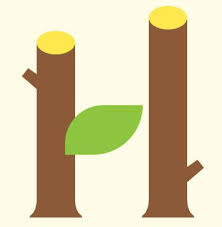
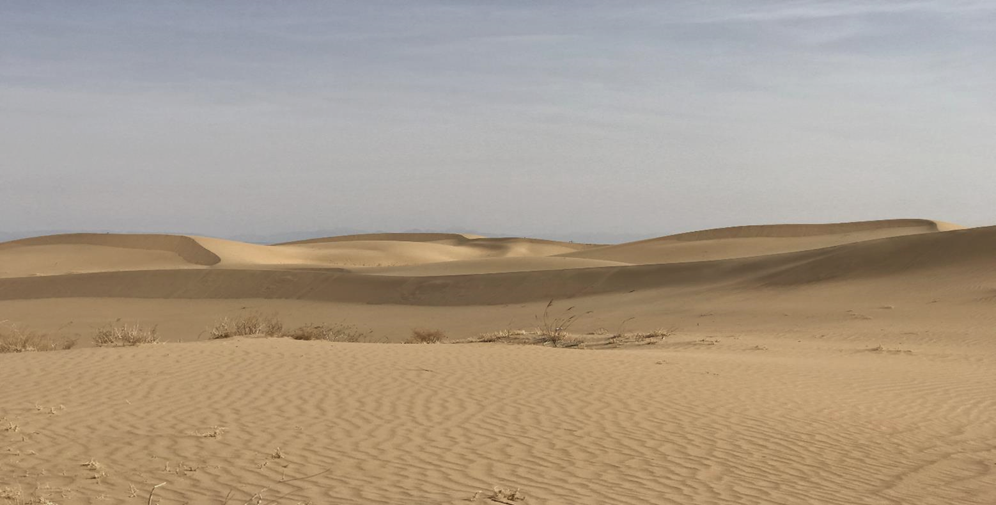

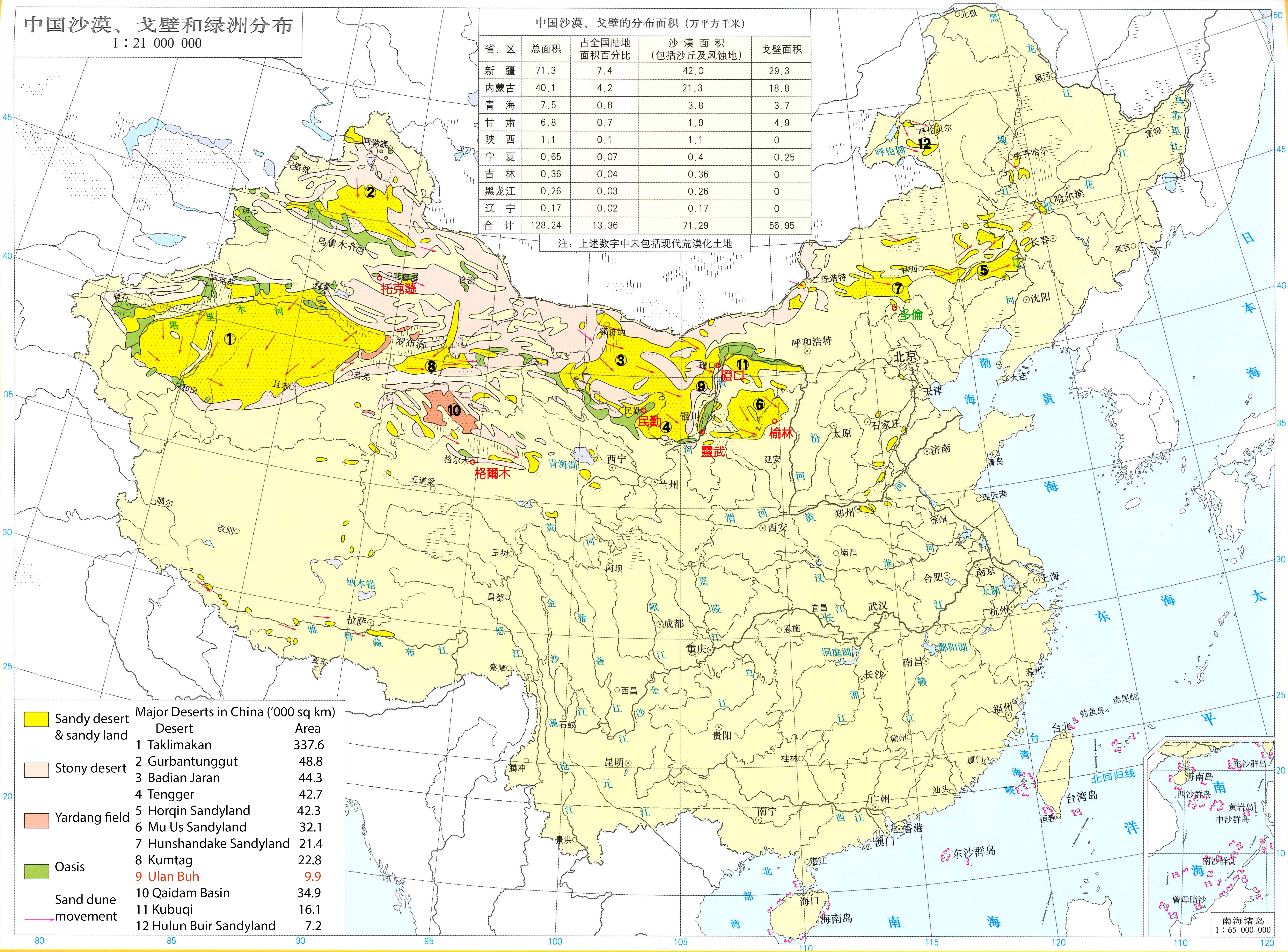
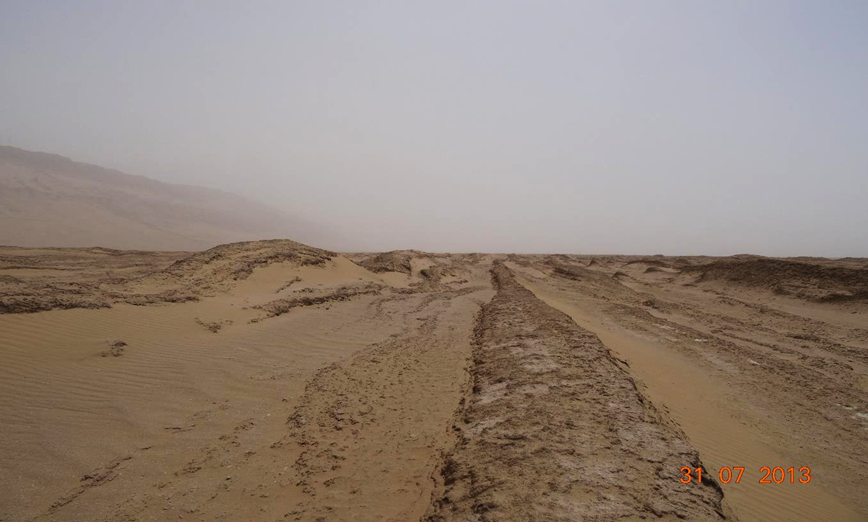
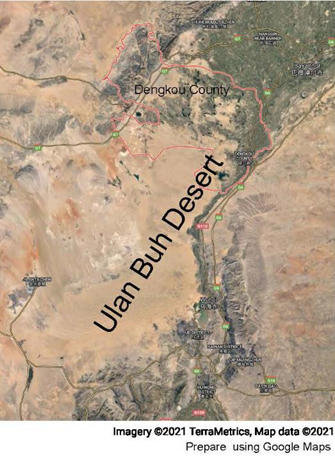
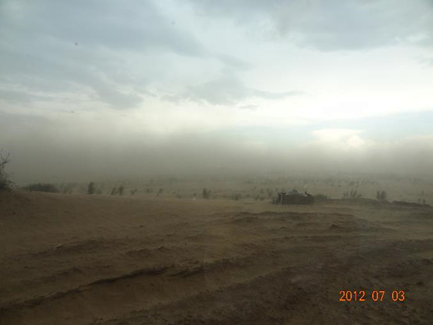
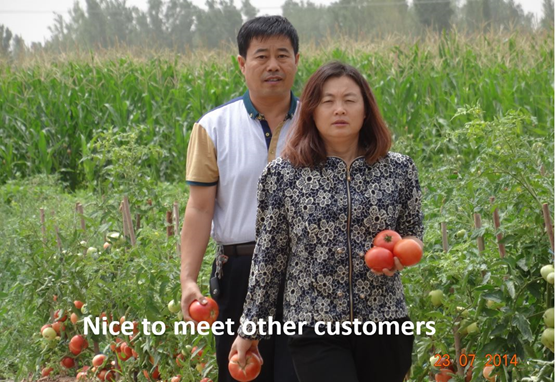
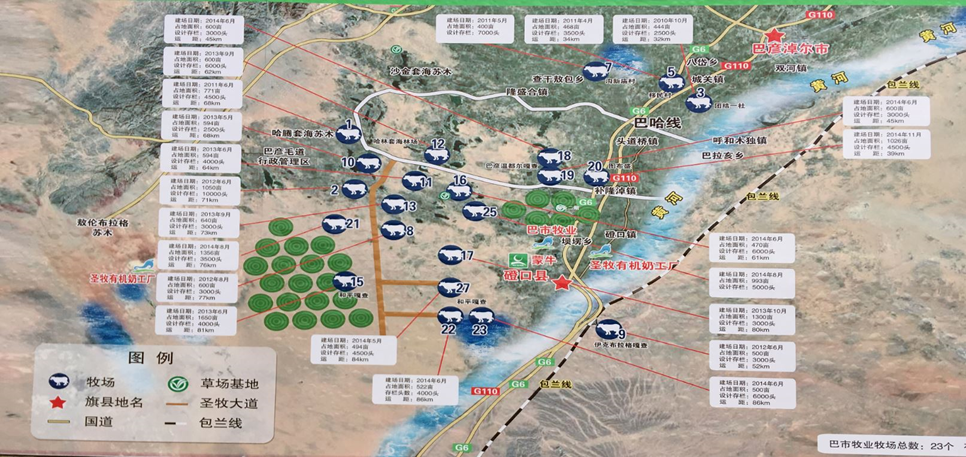
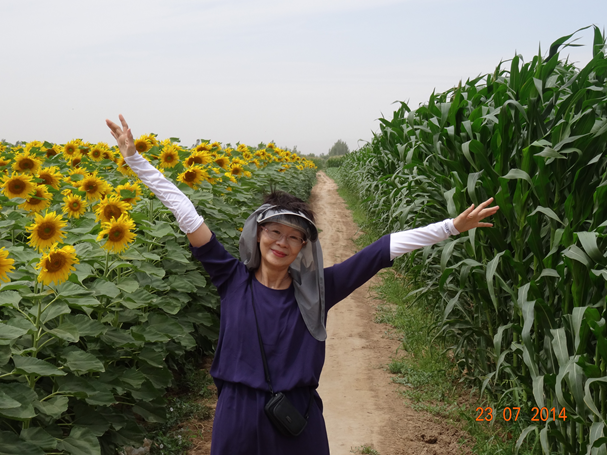
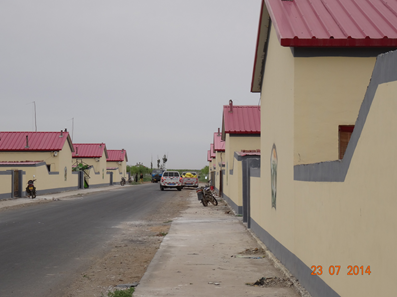
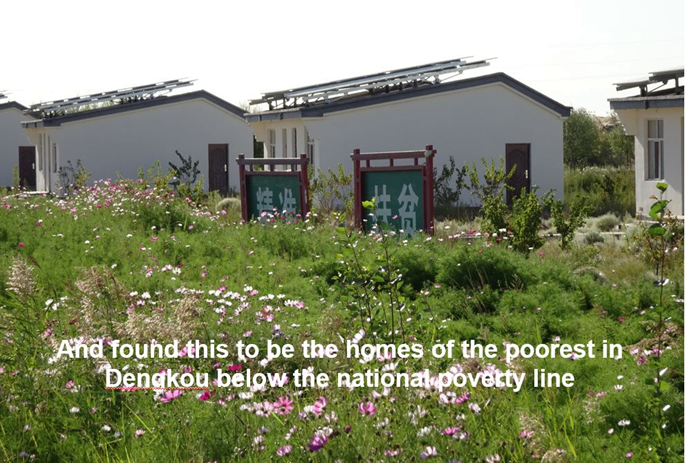
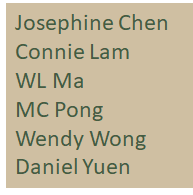
7 Comments
Marc Bernard
Account of my conversations on May 10
Josephine Wen Ning Chen told me the story of the greening of the Ulan Buh Desert in China. We had a long conversation about what makes such miracles happen. For Josephine, leadership is critical. It requires a person with a vision and mission. In her opinion, one must connect with people and the environment, identify challenging questions, seek answers, and acquire a comprehensive understanding of the situation, the factors that determine success, and their interactions. Vision, mission, questions and understanding are the basic requirements for successful action. To equip herself, Josephine has scouted, studied and sought out a number of masters. People with an understanding of systems who are passionate about studying and sharing their insights. Her general advice: "Listen to your heart".
Compte rendu de mes conversations du 10 mai
Josephine Wen Ning Chen m'a raconté l'histoire du verdissement du désert d'Ulan Buh en Chine. Nous avons eu une longue conversation sur ce qui fait que de tels miracles se produisent. Pour Josephine, le leadership est essentiel. Il faut une personne qui ait une vision et une mission. Selon elle, il faut établir un lien avec les gens et l'environnement, identifier les questions difficiles, chercher des réponses et acquérir une compréhension globale de la situation, des facteurs qui déterminent le succès et de leurs interactions. Vision, mission, questions et compréhension sont les conditions de base d'une action réussie. Pour s'équiper, Joséphine a repéré, étudié et recherché un certain nombre de maîtres. Des personnes qui comprennent les systèmes et qui sont passionnées par l'étude et le partage de leurs connaissances. Son conseil général : "Écoutez votre cœur".
Relato de mis conversaciones del 10 de mayo
Josephine Wen Ning Chen me contó la historia del reverdecimiento del desierto de Ulan Buh en China. Tuvimos una larga conversación sobre lo que hace que se produzcan estos milagros. Para Josephine, el liderazgo es fundamental. Requiere una persona con una visión y una misión. En su opinión, hay que conectar con la gente y el entorno, identificar las preguntas desafiantes, buscar respuestas y adquirir una comprensión global de la situación, los factores que determinan el éxito y sus interacciones. La visión, la misión, las preguntas y la comprensión son los requisitos básicos para actuar con éxito. Para equiparse, Josephine ha explorado, estudiado y buscado a varios maestros. Personas que comprenden los sistemas y que se apasionan por estudiar y compartir sus conocimientos. Su consejo general: "Escucha a tu corazón".
Sarah Russell French
Thank you for sharing with everyone the work you are doing with greening of the Ulan Buh Desert I would like to invite you to visit our Stand 19 - Agripower Australia, to learn about the benefits that silicon fertiliser has for conservation agriculture, soil and plant health, and carbon sequestration. Please leave a message for us if you would like to meet and talk more! www.agripower.com.au
Tsz-Yan Chan
Very impressive stories of ecosystem restoration where people have a better living. Thank you for your hard work in gathering all the information and photos. Would be really nice to see such kind of success stories all over the world.
Anonymous
沙漠變綠洲不是夢!
感謝前輩的堅持努力!
感恩有緣望見真實展現眼前的綠油油的沙漠田園!
來自沙漠的田地收穫,風味超乎想象的好!讓人回味無窮!
感謝豐富的資料分享!!!
Anonymous
Such a miracle to see desert land covered in Green! This shows a huge potential regarding world degraded land.
Anonymous
Greening the Ulah Buh Desert shares in great details an impressive miracle story about restoration of degraded land. We need much more of such successes in the fight against global environmental challenges.
Konrad Egenolf
Dear Josephine, thanks for the inspiring conversation. I wish you all the best for your restoration efforts in the Ulan Buh Dessert!